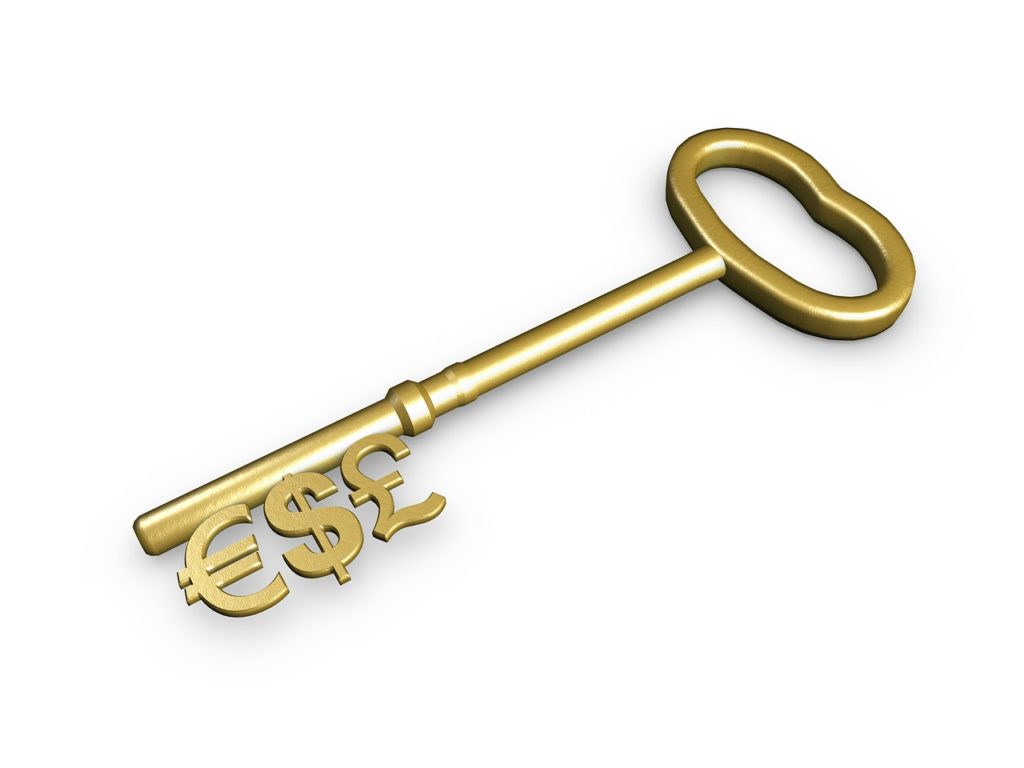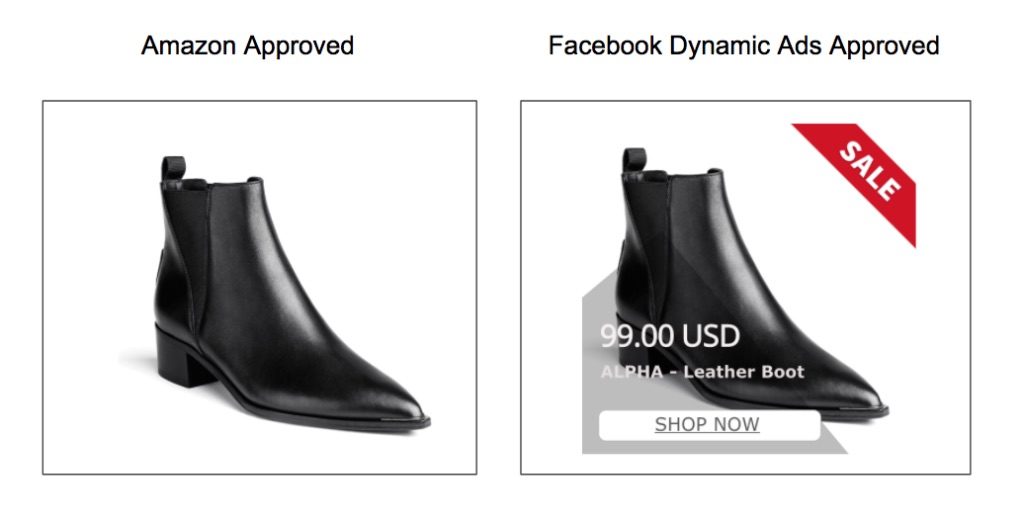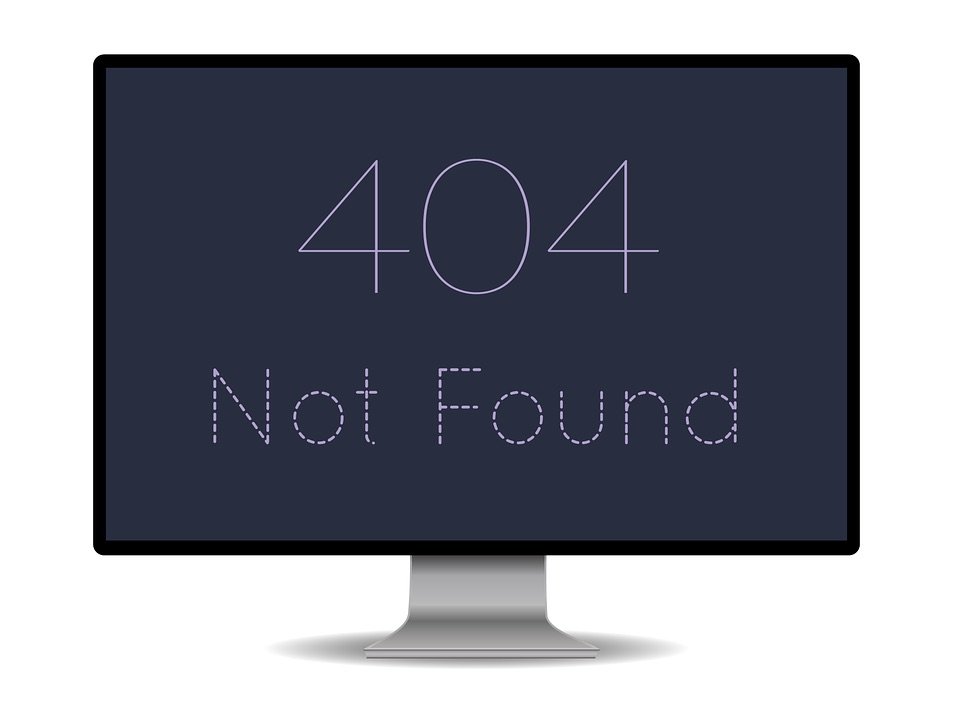Over the years, we’ve seen the good, bad, and the ugly when it comes to product data feeds. But while quality levels vary, we’ve learned that some mistakes are just more common than others. These errors are often small and difficult to detect on your own, but if not avoided, could ultimately lead to your feed’s rejection.
That’s why we’ve compiled a list of the most common data feed errors that we’ve seen - and of course - how to avoid them. By the end of the list, you’ll not only be able to identify and bypass these errors, but you’ll also cringe at the thought of ever having made them in the first place.
Ladies and gentleman, without further ado, the most common mistakes you should never make again.
1. Product titles exceed the character limit

Product titles require a certain level of strategic thinking. Their function is to entice and inform shoppers enough to click on your product, but they also need to comply with each channel’s guidelines. This means that they should contain as much purchase relevant information as possible, all while staying within a certain character limit. This is where the issues usually occur.
Moreover, each channel sets their own title character limit, which can make it difficult to keep track of. For example, Google Shopping allows up to 150 characters in a title - but won’t display more than 50 on the search results page, while products listed on Amazon can reach up to 200, but the limit can vary based on product category.
Although an easy mistake to make, product titles that are too long can carry some heavy consequences, like poor Quality Scores, being cut off midway, appearing messy, and a low CTR. In the end, nothing good can come from a title that is just too long.
- __How to avoid?__
If your titles are too long, but you aren’t sure which information to exclude, make sure you have placed the most relevant information at the beginning of the title. This way, if your titles do end up being cut off, the critical information is still visible at first glance.
Educate yourself on channel guidelines before preparing your feed. Once you’re finished structuring your feed, double-check to make sure your feed follows all requirements.
2. Incorrect price formats

If someone asked you to write down “ten dollars” on a piece of paper, how would you write it? $10.00? $10? Or maybe, 10USD?
The point is, there are a lot of different ways to get the same point across when it comes to pricing. On top of that, with so many channels each having their own format requirements, it is no wonder why incorrect price formats occur so often in the feed.
On Bing, for example, the use of a currency symbol (e.g. $ or €) is forbidden and your local currency is automatically assumed. Google Shopping, on the other hand, requires the use of the ISO 4217 codes (e.g. USD, EUR).
- __How to avoid?__
Make sure you customize your feed according to the channel in question. Be sure to double check the pricing format requirements to ensure your feed is accepted and displays accurate, clean pricing.
3. Product titles in all capital letters

NO, CAPITALIZING YOUR PRODUCT TITLES WILL NOT HELP YOU STAND OUT FROM THE CROWD! In fact, if your product title contains even a single full word in all capital letters, it is likely to make shoppers wary and scare them off - losing all possibilities of a sale.
Ecommerce behemoths like Google Shopping, Bing, and Amazon all forbid over-capitalization in titles and doing so would be a violation of their style guidelines. Afterall - who would want their users to be yelled at?
- __How to avoid?__
Break the habit. A better way to stand out from the crowd is by adding rich and detailed product information to your titles and descriptions, as well as providing compelling images.
4. Missing or insufficient product categorization

Product categorization is critical for all parties: the online retailer, the shopping channel, and the shopper. So if the categorization column in your feed is either blank or doesn’t follow a channel’s specifications, they’ll likely reject your feed altogether.
Not only should your products be organized correctly by following the channel’s taxonomy and defined categories, but they should also be as granular and specific as possible. Although it is not necessarily an error to provide the bare minimum number of product categories, you could be missing out on opportunities.
The deeper you go in categorization, the more relevant your product listing or ad will be to the consumer, which will increase the possibility of clicks and conversion. For example, if you are selling a jacket on Google Shopping, instead of the taxonomy “Apparel & Accessories > Clothing” use “Apparel & Accessories > Clothing > Outerwear > Coats & Jackets,” to include as many relevant sub-categories that Google provides.
Getting granular with product categories isn’t just good product feed practice, it’s essential for your product discoverability. A channel’s product taxonomy can go quite deep and it pays to take advantage of the many sub-categories available in product categorization.
- __How to avoid?__
Take the time to study a channel’s taxonomy and the category names. See how in depth the categories go and aim to add several sub-categories when available. Also, remember to check for any blank fields before submitting your feed.
5. Mismatched data

While mismatched data between your feed and website won’t always prevent your feed from being uploaded, it can put potential customers off from converting once they’re in your online store. For example, if a product is shown as “on sale” in an ad, but then not “on sale” once a shopper clicks through to your website, you’ll have lost the shoppers trust, the chance of them converting, and have potentially damaged your reputation. Ensuring consistent values for attributes like price and color is equally as important.
On your product’s landing page, Google, for example, requires you to list elements like title, description, image, price, availability etc., so these items, in particular, should match the same information that is in your product feed, for instance. In this instance, Google would likely disapprove your feed if the information does not match.
- __How to avoid?__
Stay up-to-date by submitting your feed regularly and making sure your product information is standardized on all fronts.
6. Including out of stock products
 Maintaining up-to-date and accurate stock levels is crucial, but, because it requires an added layer of attention, mistakes can easily be made. If an error occurs and you end up advertising unavailable products, you risk misleading your potential buyers, wasting your ad spend and completely diminishes any possibility of a sale.
Maintaining up-to-date and accurate stock levels is crucial, but, because it requires an added layer of attention, mistakes can easily be made. If an error occurs and you end up advertising unavailable products, you risk misleading your potential buyers, wasting your ad spend and completely diminishes any possibility of a sale.
- __How to avoid?__
Regularly update the availability column in your feed that is dedicated to keeping track of stock levels. From there, you can filter out the unavailable products, and only export the ones that can be ordered.
7. Product images don’t follow channel guidelines
It has become incredibly easy to manipulate images these days (filters, resizing, watermarks, creatives, etc.). This, paired with each channel having their own strict product image sizes and requirements makes it easy for errors to occur here.
Amazon, for example, requests for the image to have a dpi of at least 1000 and a pure white background. If your product images contain any border, watermarks, or promotional text, you may receive a quality alert on your Amazon listing. Facebook, on the other hand, not only approves of the use of promotional text and added creatives for their Dynamic Ads, they, to an extent, encourage it.

The size of the product image should also follow the recommendations of the channel. The last thing you want is for your product ad to appear pixelated and sloppy. On top of that, always make sure that the file size of the image is within the required range of the channel.
- __How to avoid?__
Thoroughly check both the channel requirements and recommendations regarding image specs.
8. Broken product page URLs

Of course, the product links included in your feed should lead to the correct product page with which they are associated. However, even if the links are aligned with the right product, the link could be broken. If this is the case, your shopper will experience a 404 or similar style error, where they are simply unable to access your product landing page.
Since the world of ecommerce evolves around customer experience and satisfaction, channels like Google Shopping will stop broken link errors from occurring by disapproving specific products or your entire feed.
- __How to avoid?__
Test your product links before submitting your final feed and make sure they stay up-to-date.
9. Missing required fields

Every channel has their own list of both required and optional data fields. This means that you need to correctly map and prepare your data accordingly for each export destination. With varying requirements, this can get tricky to do by yourself. However, these requirements are to be taken very seriously, because if you do end up missing a required field, your feed is likely to be rejected from most channels.
Also, keep in mind that within the same channel the required fields can change based on the product category. For example, the “brand” field is required by Google Merchant Center for Clothing & Accessories, but not for Media (books, movies, etc.).
- __How to avoid?__
Check the channel requirements before submitting your feed. Remember to include all required product data fields, as well as making use of the optional data fields which can help enrich your overall feed.
Never face these errors again. Let's perfect your product data feed.
Looking for a way to avoid all of these errors without having to commit your entire day to manually checking each requirement, cross-referencing, and staying up-to-date with channel changes? Look no further.
All of the above errors can easily and automatically be avoided with the Productsup platform. For starters, the Productsup feed analysis feature can scan your entire feed in seconds and identify which areas of your feed need improvement. From there, our intelligent rule box system and integrated channel feed templates will make all of these errors a thing of the past. You can then turn your focus from avoiding rejection to taking your data to the next level. At this point, you can start looking into how you can improve your feed even further. A great starting point is our article about the five golden rules of quality product data feeds.
If you’re interested in learning how and why we are the best solution for ensuring a perfect submission to any channel every single time, get in touch today.

![[WP Import] 9 common product data feed errors & how to avoid them](http://images.ctfassets.net/q17uls4wkkdz/3GjpKKNlc0Dqz13H7xRNS0/8f0a6bb3bfad0934983e550e3f637efe/9-feed-errors.jpg?w=1200&h=675&fit=FILL)